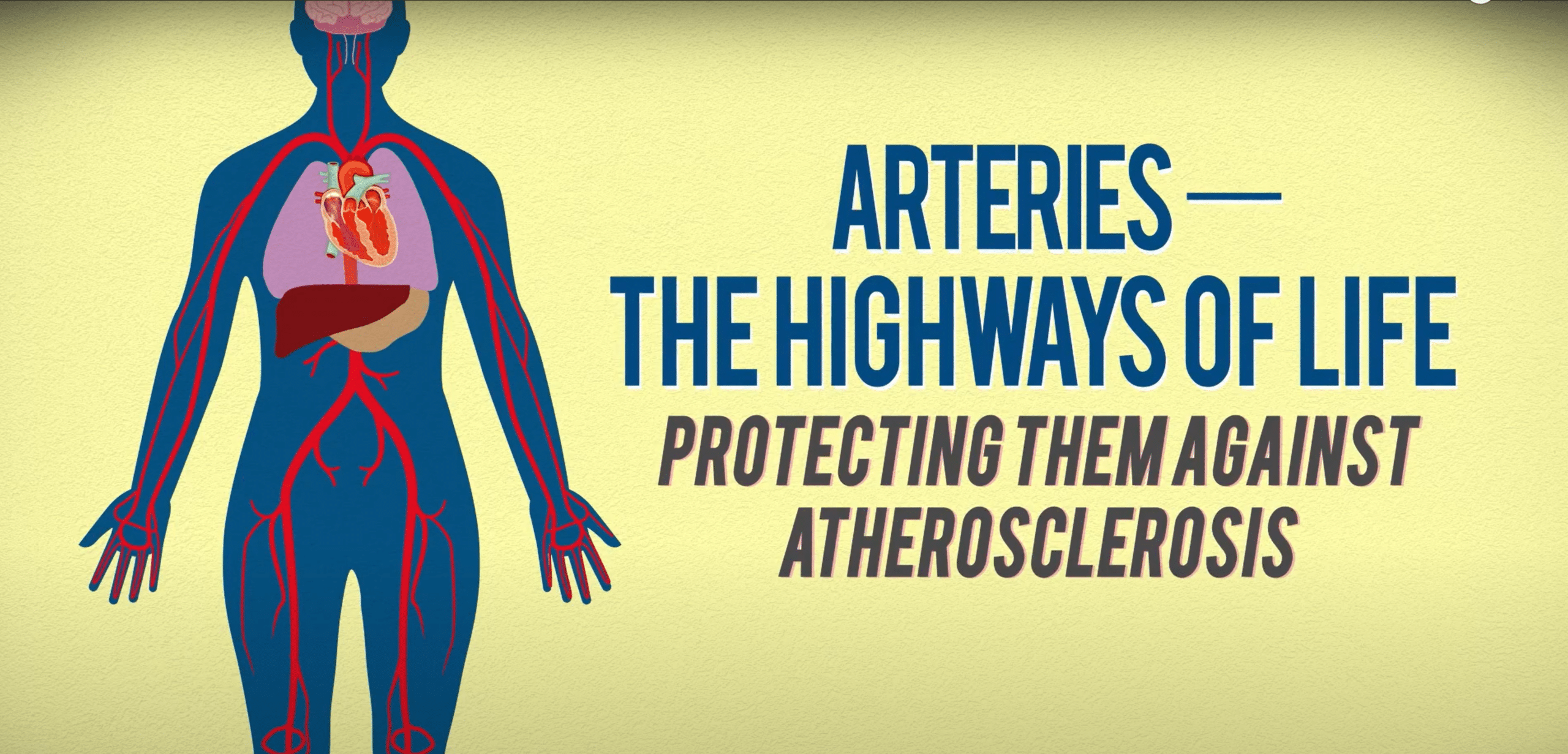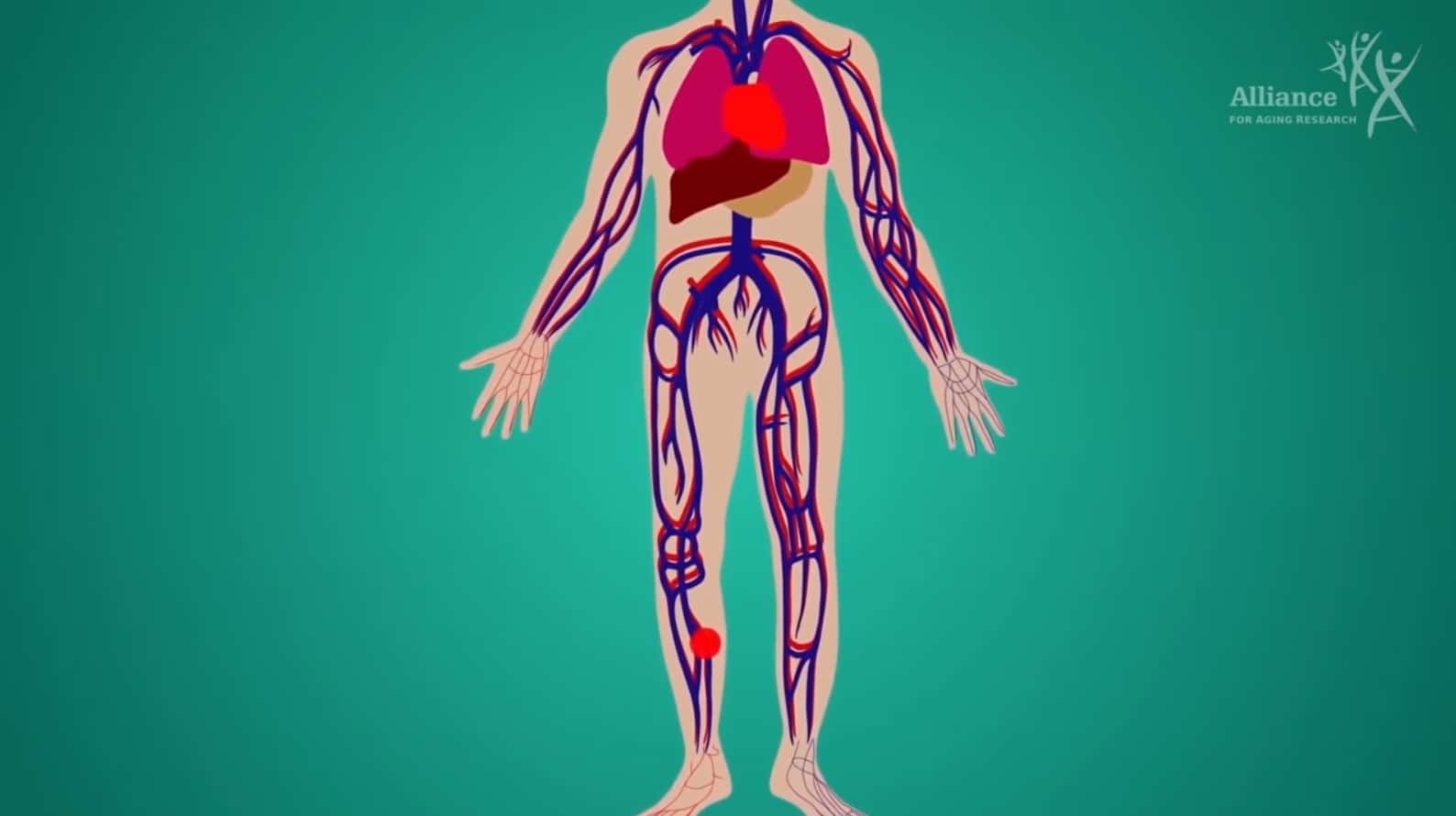Arteries—The Highways of Life: Protecting Them Against Atherosclerosis
Atherosclerotic cardiovascular diseases (ASCVD) include a range of diseases such as cerebrovascular disease, coronary heart disease, aortic atherosclerosis, and peripheral…
more.When cholesterol and fat build up in the walls of the arteries they cause deposits, called plaque. Plaque can lead to narrowing or hardening of the arteries, resulting in poor blood flow to organs. Pieces of plaque can even break-off in an artery, causing a clot to form and further block downstream blood vessels.
The build-up of plaque is called atherosclerosis, and it can lead to atherosclerotic cardiovascular diseases (ASCVD). ASCVD includes diseases like cerebrovascular disease, coronary heart disease, aortic atherosclerosis, and peripheral artery disease, which develop based on which arteries are affected.
ASCVD can be diagnosed by your healthcare professional, and an evaluation for ASCVD may include a physical examination and detailed questions about your medical history. Additional tests may also be needed, like blood work, ultrasounds, electrocardiograms, stress tests, and more. You may also be referred to a cardiologist, neurologist, or other blood vessel specialists.
To learn more about heart and blood vessel disease, prevention, and treatment watch Arteries—The Highways of Life: Protecting Them Against Atherosclerosis below to learn more about ASCVD and how to decrease your risk.

Atherosclerotic cardiovascular diseases (ASCVD) include a range of diseases such as cerebrovascular disease, coronary heart disease, aortic atherosclerosis, and peripheral…
more.
Venous thromboembolism, or VTE, is a term that includes deep vein thrombosis and pulmonary embolism. VTE is common, and half…
more.
El tromboembolismo venoso o TEV, es un término que incluye la trombosis venosa profunda y embolia pulmonar. TEV es…
more.